A guest post by colleague Amy Harwood, of Signal Fire and the Gloo Factory.
I think I might have the most interesting comment thread going on Facebook today. No, really.
I work at a community print shop in Tucson, AZ called The Gloo Factory. We print hundreds of sticker designs with various movement slogans and distribute them for modest donations at local protests and rallies; It’s been a busy few months as you might imagine. Last weekend, we stood in the rising desert heat to endure the March for Science and it’s parade of nerd jokes on placards. That’s a different blog post, but it was the reason that I was pleased to bottomline our propaganda for the People’s Climate March this coming weekend. If there’s one thing the climate justice movement has going, it’s some damn fine aesthetics.
I worked with Roger, Mazatl, and a whole bunch of other brilliant makers for the Climate March in NYC two years ago. Perhaps the importance of that moment is beginning only now to reveal itself, but at the time there was no doubt that people had stepped up the art game. It was poetic and beautiful and felt at moments like the parade I’d always wanted to go to. As I was looking back over the photos of the past few years of marches, the persistent image of the sunflower stuck out. Umbrellas with sunflowers, parachutes with sunflowers, pinwheel-shaped placards standing tall over the crowds; a wild garden of sunny yellow! How could a person resist joining?
I’m currently working on a writing project that includes the very slippery space of political sloganeering and particularly the use of symbols. Of course, symbols don’t usually just come out of nowhere. They’re inherited, re-tried, altered, repurposed, and even totally transformed in their meaning, such as the gay liberation movement in the 1970’s flipping the pink triangle from Hitler’s deathly collection of identifying patches. Before I jumped into another formation of protest imagery, I figured I’d try to resolve the origin of the sunflower. So I went where any reputable researcher would go; Facebook.
Anyone know the origin of the sunflower as a symbol in climate justice work?
Over a few hours, several trusted movement-building thinkers listed what they knew. Here is a selection of some of the responses:
Lela Brown said, “It’s from anti-nukes movement. Chernobyl.”
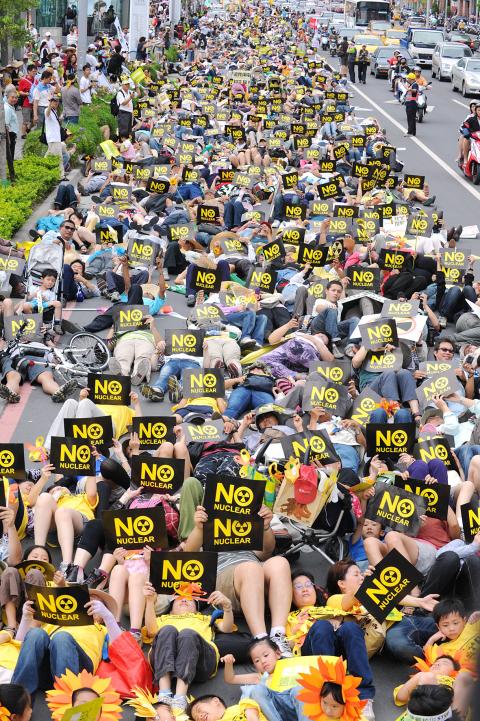
Lela took on the research pitch and posted about the first Earth Day in 1970 using the sunflower as a symbol, including a quote from Political Ecology: Beyond Environmentalism,
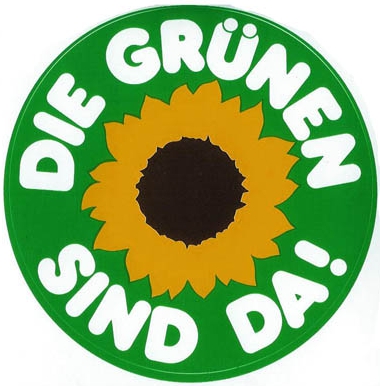
And then Lela shared a memory from her months at Standing Rock last year: “all around standing rock there were huge fields of sunflowers…people usually forget that they are an indigenous food.”
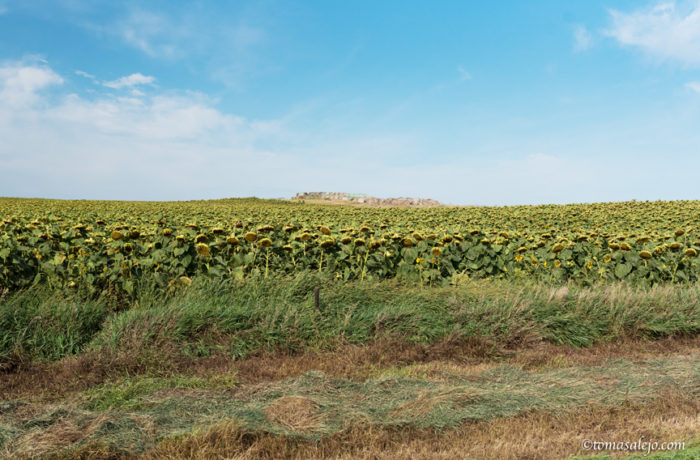
The illimitable Mia Reback, an organizer with 350PDX, tagged art coordinator Barbara Ford who I know to have painted sunflowers on umbrellas that have sheltered protesters in Portland, Oregon from the rain for years.
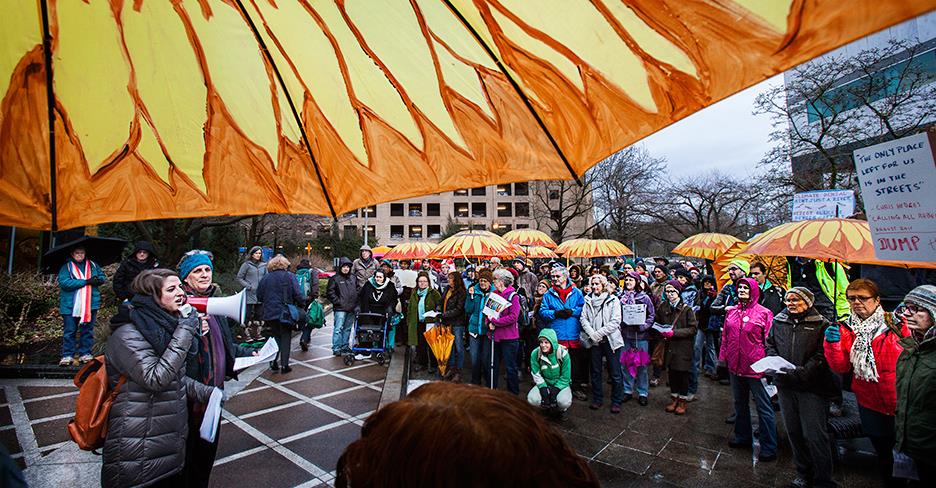
Artist Mona Caron, who has painted massive murals of weeds on the sides of building all over the world, chimed in with, “it works also as reference to the sun itself (alternative energy etc), an image of growing to stand tall and blossoming out of adversity.”
Photographer Martin Evans shared that in East Asia, the sunflower is associated with the 2014 student movement. Protesters held sunflowers at demonstrations during the Student Sunflower Movement in Taiwan.
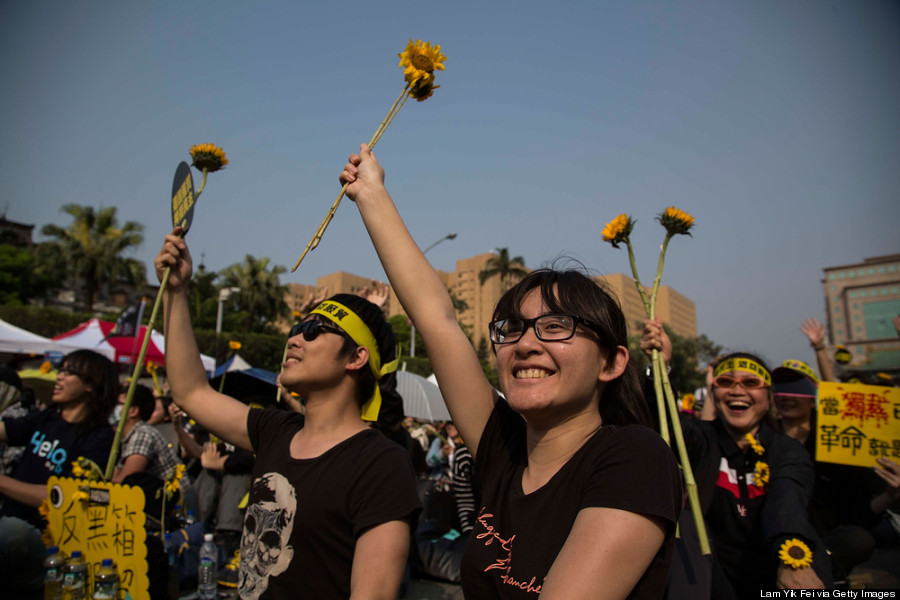
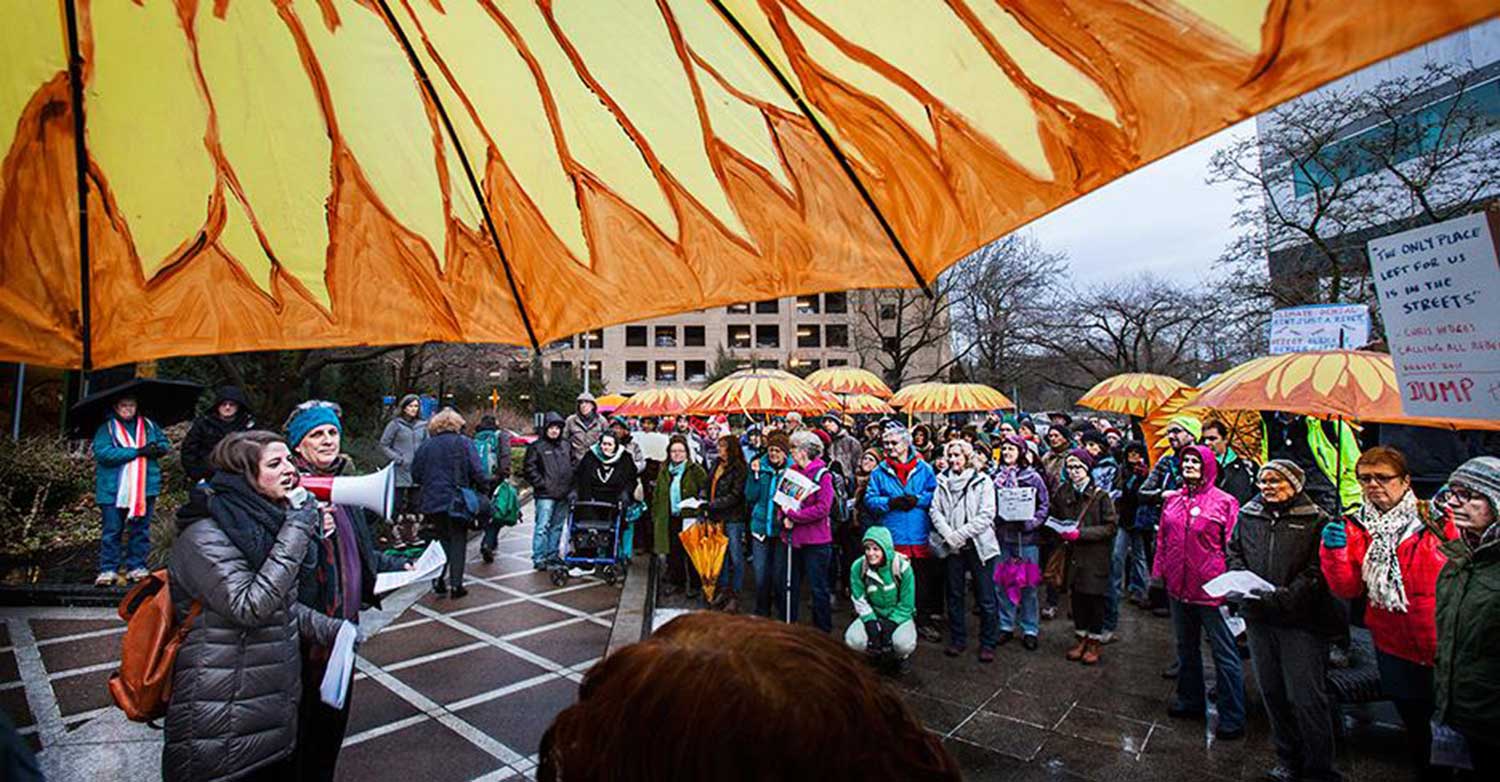
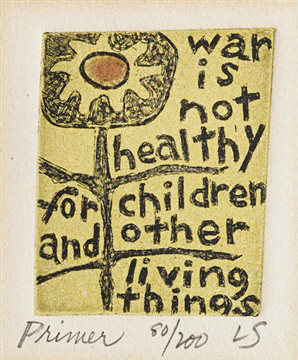
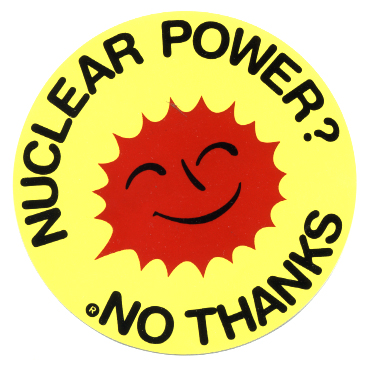
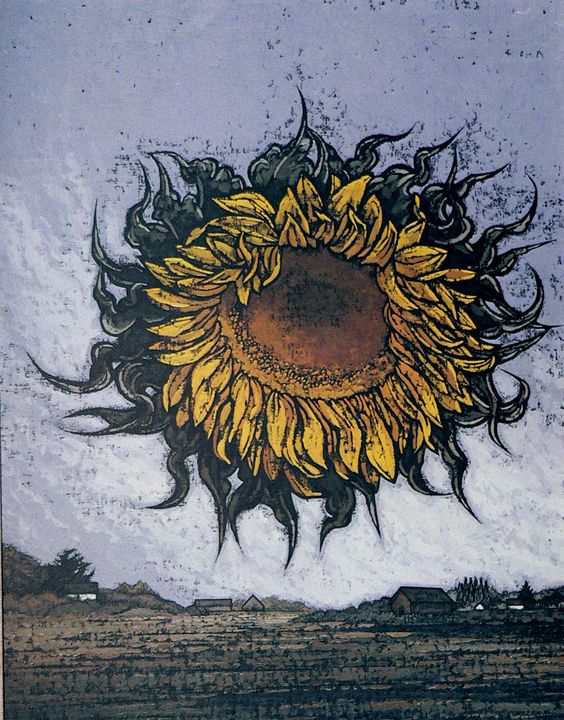
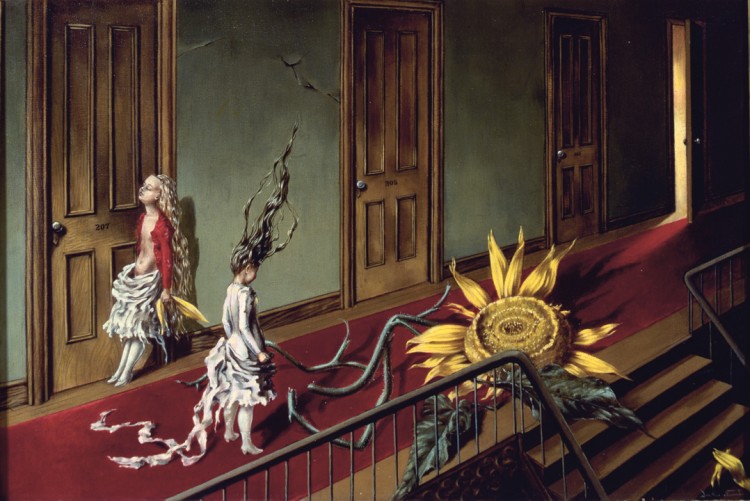
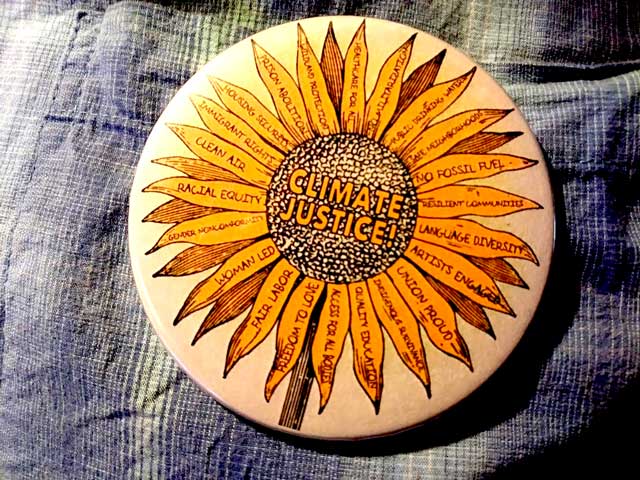




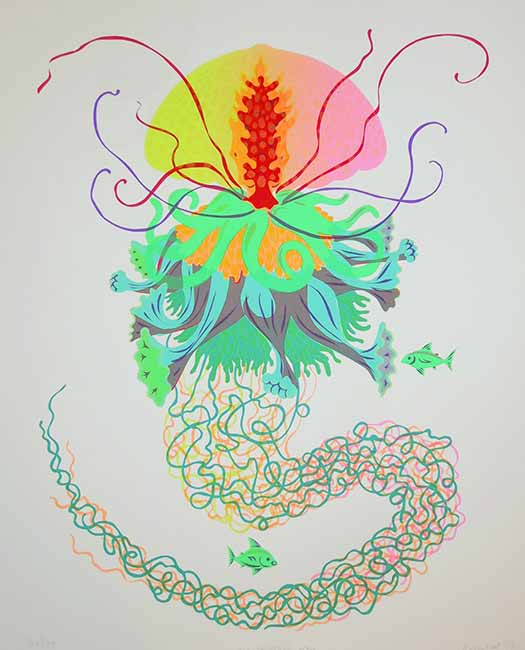
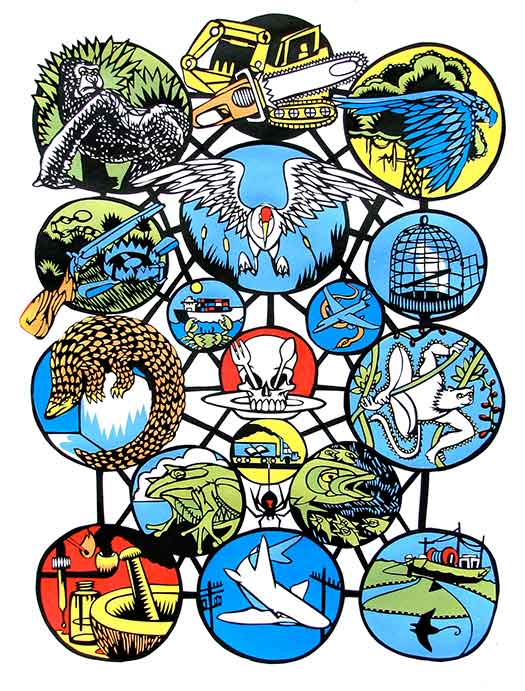
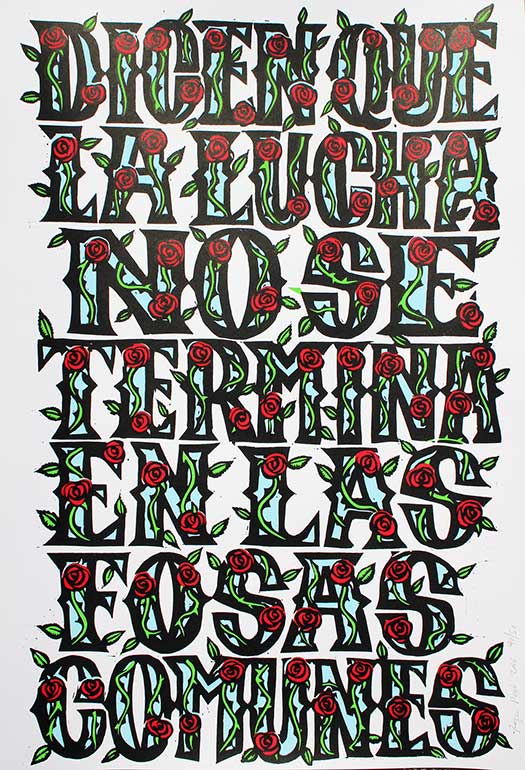
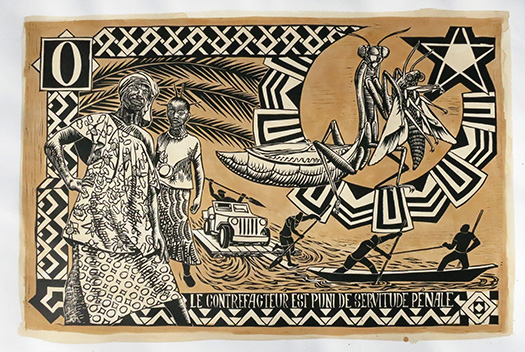
And of course Bread and Puppet has been using the sunflower for a long time as well.
http://sales.breadandpuppet.org/posters/sister-garden
and
http://sales.breadandpuppet.org/banners/shine-banner
Really very interesting sunflower pictures and how one can use sunflower as to show different symbols specially in climate justice work.